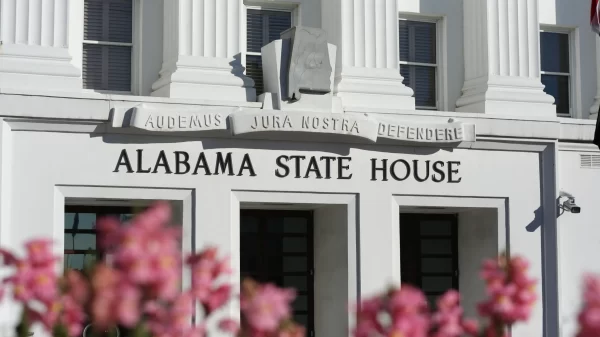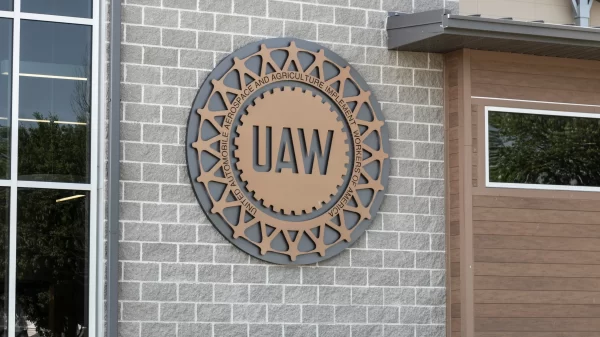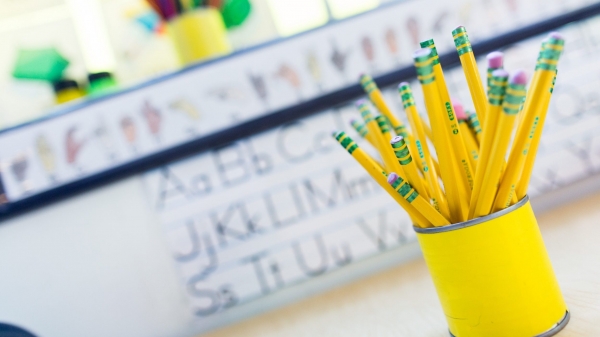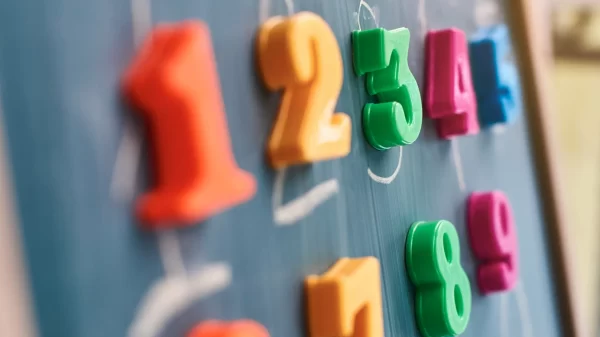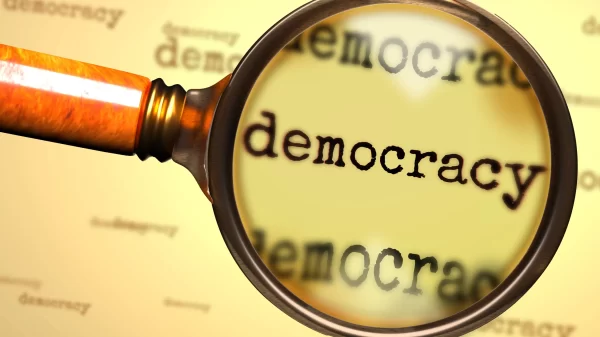By and large, the Legislature passes laws and seldom looks back to see what impact they are having. Which seems a HUGE mistake to me. The Alabama Accountability Act passed in 2013 being a prime example.
So from time to time I visit the Alabama Department of Revenue web site where they post info about AAA. It’s always an interesting read.
For instance, you find a list current through Feb. 22, 2018 that shows there are now 204 private schools which have signed up to participate in this program that gives vouchers to students to attend private schools. (This does not mean 204 schools have gotten scholarships, just that many have said they would take them.)
The state indicates if these schools are accredited or not. Of the 204, 69 of them are NOT accredited. That’s 33.8 percent. AAA started in 2013 and 12 of the non-accredited schools have been that way since 2013. One has to ask why we allow this to happen? Why are we diverting money from the Education Trust Fund that may go to a school that has had five years to become accredited, but hasn’t? Is this really looking out for the best interest of the young folks of this state?
For instance, the Alabama Opportunity Scholarship Fund, one of the state’s scholarship granting organizations (SGO), reported that at the end of 2017, they had students at 114 private schools. By my count, 166 of these scholarships are at 27 non-accredited schools.
The Department of Revenue keeps track of how much money is given to SGOs each year. From 2013 through 2017, the total amount is $116,617,919.
Remember that each one of these dollars gets a one for one tax credit from the state. Which means we have now diverted $116 million from the Education Trust Fund for private school scholarships.
Today there are 396,711 elementary students (K-6) in Alabama. So over the past five years we have diverted $294 from ETF for each one of these students. That is $7,000 per elementary classroom.
I visit a lot of elementary schools. I see a lot of classrooms. I don’t know a single elementary teacher who would not have jumped at the chance to have an extra $7,000 for her classroom since 2013.
In this legislative election year, we need to let every candidate, incumbents and challengers alike, know what is going on.














